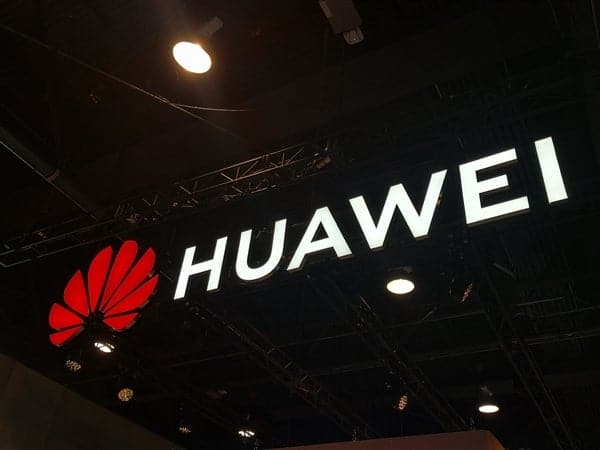On March 28, the second day of the Huawei Developer Conference 2020 (Cloud), in addition to announcing that MindSpore – the full-scene AI computing framework – was officially open sourced in Code Cloud, Huawei also fully shared the basic research results in the field of computational vision.
Huawei stated that investing in basic research is an important part of Huawei’s AI strategy. Huawei is committed to building data-efficient, energy-efficient, secure, reliable, and autonomous machine learning basic capabilities in areas such as computational vision, natural language processing, and decision-making inference.
Also Read: Huawei Will Invest $20mln To Support 5G Innovative Applications
According to Professor Tian Qi, Chief Scientist of Computational Vision at Huawei’s Noah’s Ark Lab, Huawei has focused on three major areas of data, knowledge, and models in the field of computational vision. NeurIPS, ICLR, and other platforms have already published more than 80 papers and achieved many industry-leading results.

At the same time, Huawei welcomes global AI developers to further conduct AI research, development and deployment based on Huawei’s existing research results.
Based on the current research, Professor Tian Qi has released the Huawei Computing Vision Program.
Huawei Computational Vision has six major plans
Data iceberg plan: leveraging a large amount of unlabeled data with very small labeled data to support model training in small sample scenarios;
Data Rubik’s Cube plan: use multiple modes to assist each other and enhance the learning ability of the model in actual scenarios;
Model touch plan: build a cloud-side large model and refresh the performance ceiling of various visual tasks;
Model slimming plan: create end-to-side efficient computing models to help various chips complete complex reasoning;
All things preview plan: design vision pre-training tasks and create a general vision model;
The virtual-real unity plan: In the combination of virtual and reality, it leads computational vision to true artificial intelligence.
At the same time, Professor Tian Qi issued a statement. He said: ‘We welcome global AI researchers to join Huawei’s vision plan to jointly innovate and explore the future. The powerful computing power of Huawei’s Atlas artificial intelligence computing platform will comprehensively accelerate the development of the vision plan. The AI computing framework MindSpore is available to the industry, helping every AI developer.’
Huawei announced its first AI strategy at the 2018 Huawei Full Connect Conference. It was focusing on investing in basic AI research. Also, it has been working with global scientific research institutions and developers to build an AI ecosystem.





